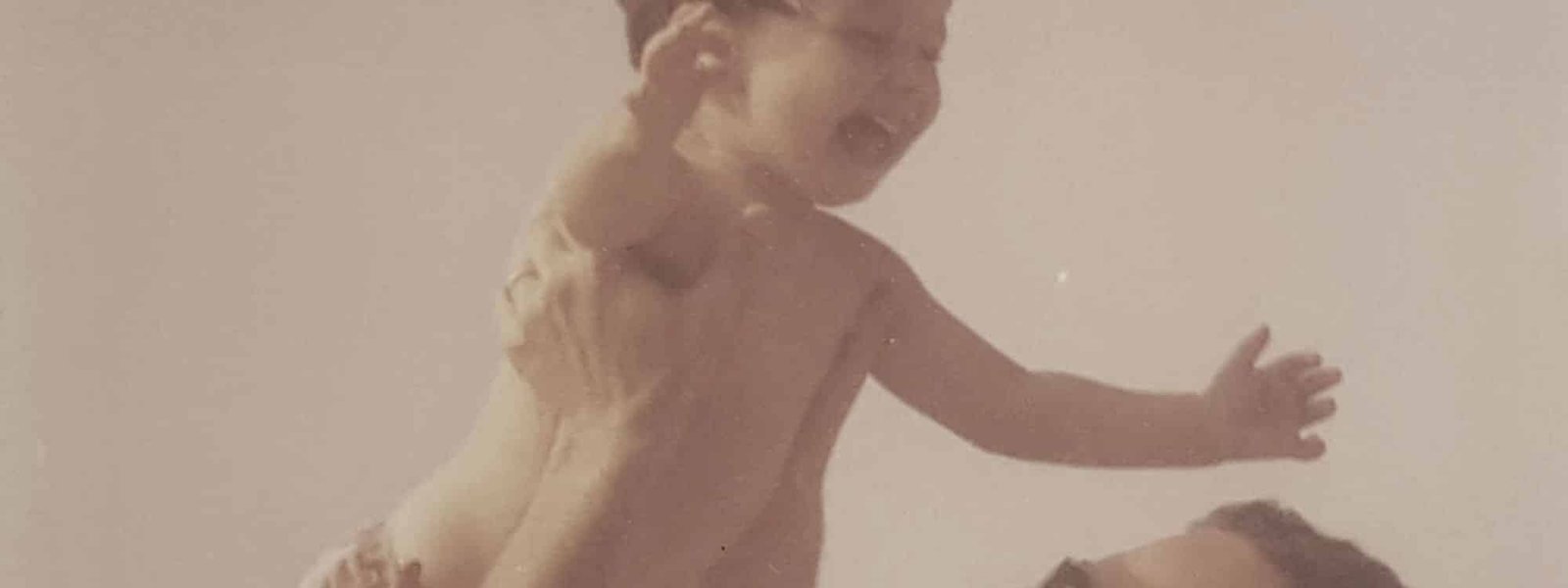Psychologists and other mental health professionals define something as "therapeutic" if it enhances your understanding of yourself, promotes awareness and the expression of underlying feelings and exposes your identity in new and more rewarding directions. All these affirmations are possible through painting and photography.
The synergy of approaches with artistic-expressive techniques forms an innovative method that combines awareness and creativity, communication and evolution. These aspects are linked to the world of the sensible, which are found everywhere in life, in relationships, in nature and in the body and coexist in our daily life.
Painting as a form of therapy is a practice of plastic creation that activates and develops contact with our inner world, with its own deeply regenerating space. In this space of inspiration, our consciousness is activated, we rediscover our most original self-esteem, we access the keys of our life process more clearly and find guidance. We turn our gaze towards a more authentic life, through education, knowledge, inner work and artistic creation.
It is a space of silence, of listening, of recognition. From this work we identify, understand and focus essential aspects, and we also make more aware of the beliefs and behaviors that limit or prevent our personal growth. The art therapist accompanies the person who immerses himself in this process in his biographical evolution, providing a parallel narrative, based on the work created that leads us to a profound reflection on our place and our life process in the world. The plastic creation allows the contact and the revelation of the Unconscious.
Our intuition develops, our ability to reflect, to connect previously isolated themes, to find the meaning of apparently disconnected facts as we expand the living space within which we move. In this process we grow through understanding and knowledge, advancing session after session, to the next frontier of questions.
PHOTOGRAPHY
In recent years, the therapeutic potential of photography has been widely exploited in the field of art therapy. However, photo therapy cannot be considered a recent discovery. Indeed, if it is true that the therapeutic power of photography obtained its official recognition only in the 1970s, it is equally true that its potential had already been grasped in full positivist climate, when it was put at the service of the medical-psychiatric field.
And it was inside a mental asylum, the Surrey County Lunatic Asylum, that Hugh W. Diamond called the "father of psychiatric photography" first used photography for medical purposes. Images are a powerful vehicle for psychological expression. They allow you to communicate experiences that cannot be easily captured by words or that could be distorted by conscious attempts to verbalize them. They contain symbols that indicate things that are invisible, deeper layers of the mind. Like dreams, they are highly creative constructions that convey a wide range of emotions, memories, needs and desires.
Because a picture is worth a thousand words, many ideas can be condensed into one picture, making it a powerful way to represent your identity. A photograph can be a concrete external representation of who you are, fear or need to be. It offers a seemingly more real and tangible form for internal experiences that might otherwise escape you. By providing an identifiable representation of your inner life, a photo can help you master the problematic aspects of your personality.
Main objectives of the course:
- Improving the quality of life of individuals at different stages of life
- Exploration of emotional experiences to stimulate internal and profound dialogues essential to the therapeutic purpose
- Use photography as a catalyst for therapeutic communication and in healing and healing processes.
- Develop awareness of change to increase self-esteem, explore self-knowledge, improve the interpretation and vision of reality.
- Encourage, support the person on the path of personal discovery
- Develop empathy, combat marginalization, social isolation and promote professional growth.
- Painting, imaginative freedom for a process of creation and transformation with mind, body and emotions.
START YOUR ADVENTURE
The best professionals at your disposal.
SELECT THE DATES OF YOUR HOLIDAY
Tell us the arrival date and the departure date for your holiday.
NUMBER OF PEOPLE FOR ACCOMMODATION
Tell us the number of people who will stay and carry out the activities.
WE ASSIST YOU IN A PERSONALIZED WAY
We will get in touch with you as soon as possible.

